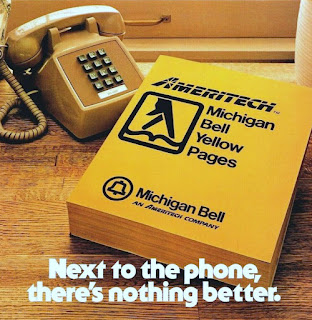Roy Huggins was a successful novelist, television producer, film and television screenwriter, and creator of numerous television series, with his most successful being Maverick, 77 Sunset Strip, The Fugitive, The Rockford Files, and Hunter. For his later television screenwriting, he used the pseudonyms Thomas Fitzroy, John Thomas James, or John Francis O'Mara.
Huggins was given Executive Producer credits for 14 episodes of The Fugitive reboot starring Timothy Dalton in 2000. It squeaked out 23 episodes from its "spoiler alert" premise. Roy Huggins died on April 3, 2002. The day the writing stopped.
My chronological highlights of his career:
1948: "I Love Trouble" crime movie introduced Stu Bailey character (Franchot Tone). Based on Huggins' novel, "The Double Take." Also wrote screenplay. Character reinvented for "77 Sunset Strip" TV series.
1948: Wrote story for the movie "The Fuller Brush Man" starring Red Skelton.
1950: Huggins' story from The Saturday Evening Post, "Appointment with Fear" became "The Good Humor Man" film starring Jack Carson.
1954: Huggins provided screenplay for the crime film, "Pushover," starring Fred MacMurray and Kim Novak in her first major role. Average suspense noir noted for photogenic Novak.
1955: Producer/writer and developed Warner Bros. TV western "Cheyenne" starring Clint Walker, the 1st hour-long western. Originally a "wheel program" that alternated with 3 different Westerns.
1956: Producer/writer for one season of "Conflict," a TV anthology series. James Garner caught producer Huggins' attention with comedic performance in a time travel scenario entitled "Man from 1997."
1957: Series creator for Warner Bros. Western "Maverick." Huggins envisioned star, James Garner, as an anti-hero. Garner's comedic expressions were unique for a Western at the time. 17 years later he revamped the premise into "The Rockford Files."
1962-63: Executive Producer of 17 episodes of the 1st 90-minute, western, "The Virginian." Filmed in color, the series was loosely based on a 1902 Western novel by Owen Wister. Huggins began tenure as vice president for the TV division at Universal.
1963: Series creator for the hugely popular series, "The Fugitive." An idea that nearly every myopic network executive rejected. Catapulted David Janssen to an icon of TV stardom. Quinn Martin produced.
1965: Series creator of "Fugitive" inspired "Run for Your Life" which starred Ben Gazzara as an attorney with fatal decease. Attempted to squeeze 30 years in only 1-2 years (85 episodes).
1968: Created "The Outsider" with Darren McGavin as an ex-con who spend 6 years in prison for a murder he didn't commit. Then became a private investigator in LA. Premise more successful with James Garner.
1971-73: Exec. Producer for "Alias Smith and Jones" western series playing off success of the blockbuster movie, "Butch Cassidy and the Sundance Kid." Initially with Peter Duel & Ben Murphy, Duel's suicide re-cast Roger Davies in role.
1973-74: Toma was a promising series and execs. figured Tony Musante would change his mind of continuing after 1 year. He did not. Many on the Toma writing staff would write episodes for "The Rockford Files." Retooled with Robert Blake as "Baretta."
1976: Producer for 13 episodes of "City of Angels" series set in the 1930s starring Wayne Rogers as unethical private detective. Successful film, "Chinatown," was its inspiration.
1974-80: Concept for "The Rockford Files" as modern Maverick character. Series co-created with Stephen J. Cannell. Perfect fit for Garner. Great scripts and cast.
1976: Executive producer, 8 episodes, of "Captains and the Kings" TV Mini-Series. A rags-to-riches tale of an Irish immigrant (Richard Jordan) in late 1800s co-starring a long list of "who's who" in Hollywood per mini-series standards.
1984: Exec. Producer for 10 episodes of "Blue Thunder" (based on the movie) about an advanced prototype police helicopter and the ground crew battling crime. James Farentino, Dana Carvey.
1985-90: Exec. Producer for 68 episodes of "Hunter" (1984-91). The show was influenced by the "Dirty Harry" character. 2 reunion TV movies led to 5-episode series in 2002-03, but without Huggins due to his ill health.
1993: Exec. Producer for the film "The Fugitive" starring Harrison Ford and Tommy Lee Jones. Successful film. Great screenplay. Never understood change of Gerard's name from Philip to Sam.



























